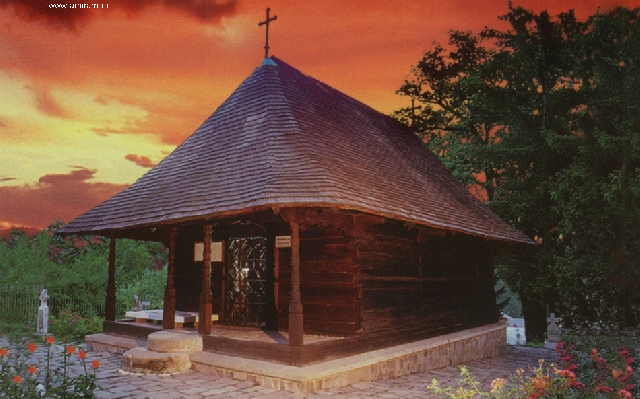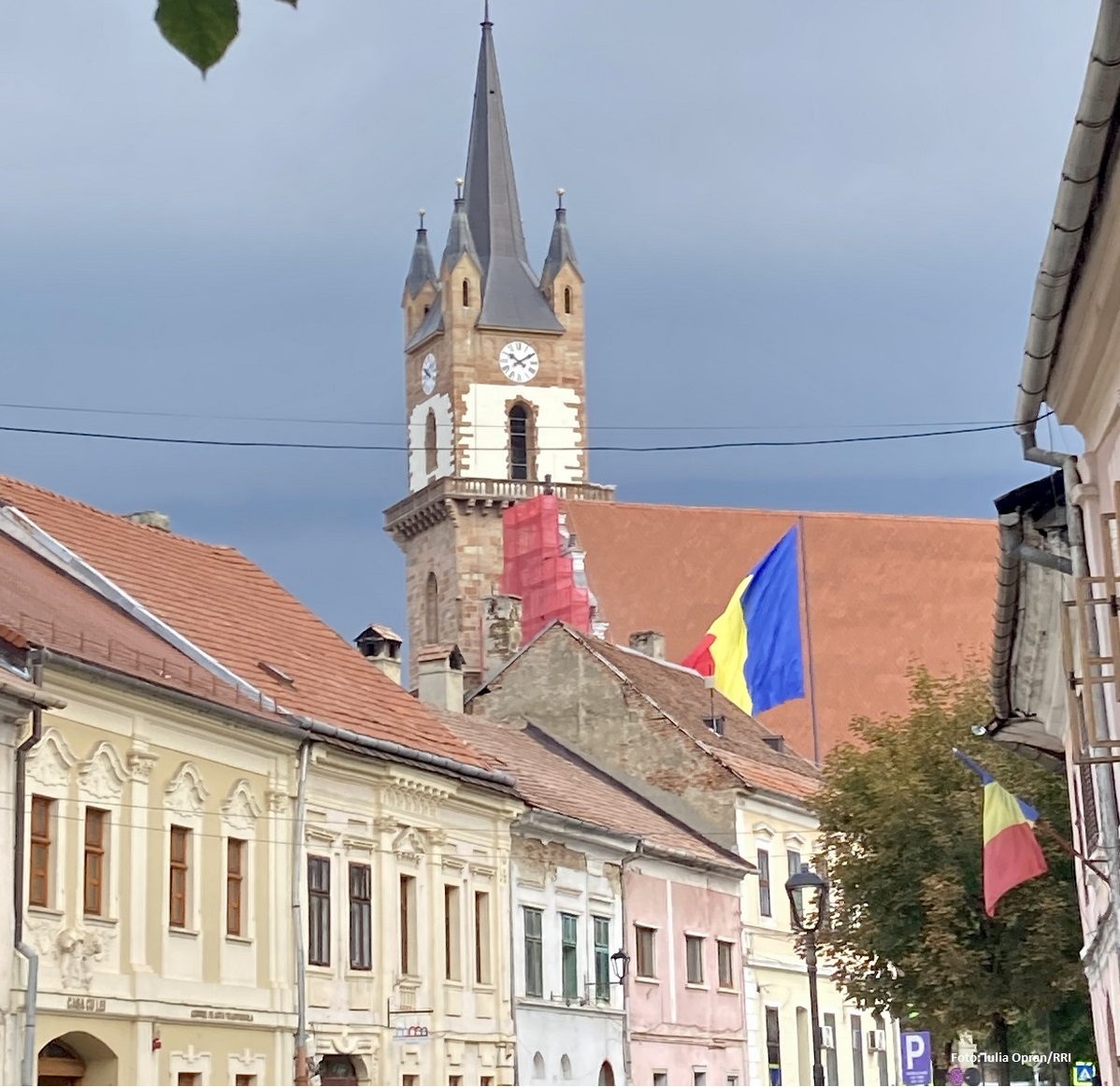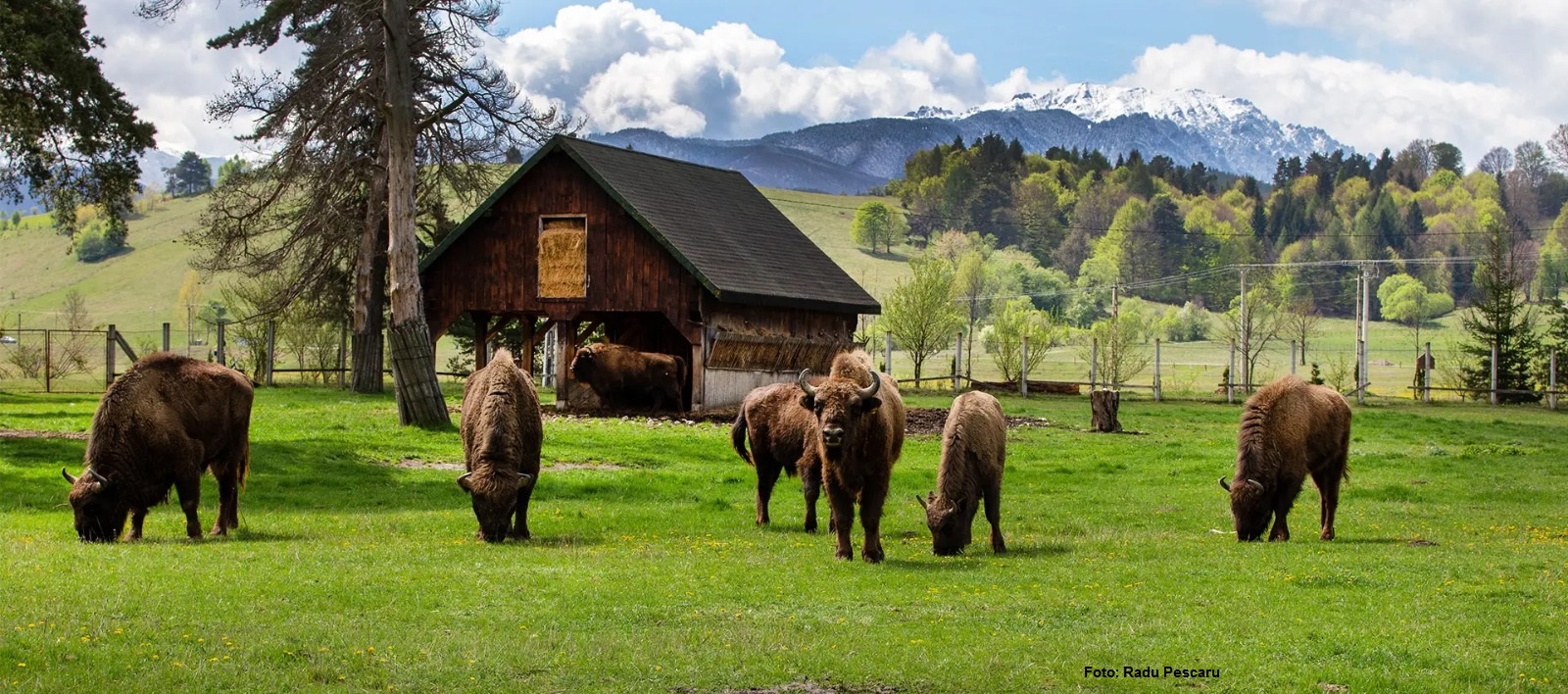Culture and religion in Valcea County
Valcea County in southern Romania is a region famous for its large number of monasteries, some of which have been included on the world heritage list.

Daniel Onea, 05.03.2015, 13:52
Valcea County in southern Romania is a region famous for its large number of monasteries, some of which have been included on the world heritage list. “Jewels of the Romanian culture and history”, this is how Emilian Lovisteanul, Assistant Bishop to the Archdiocese of Ramnic called them. First, we shall be visiting the Single Wood Monastery and then we shall open the gates of the Hurezu monastery, included on UNESCO’s World Heritage list ever since 1995.
Assistant Bishop Emilian Lovisteanul says that a visit to some of the numerous monasteries in Valcea County means not only getting acquainted with Romania’s cultural and religious values, but also having the opportunity to leaf through a couple of history pages. The destiny of these worships sites is linked to the destiny of some of Wallachia’s rulers.
Emilian Lovisteanul: ”This eparchy is very old in the region of Oltenia. It is more than 500 years old. It used to include all Oltenia’ s counties. The priests here tended to all believers in the region. In the Ramnic archbishopric we have 34 monasteries and 320 parishes. Many of the monastery churches here and even the parish churches are century-old historical monuments, with interior and exterior paintings that speak about the beautiful tradition of the place and also about how skilled Romanians are in terms of church construction. Many of the monasteries here are a mixture of western and eastern styles. In the Ramnic Archbishopric we have monasteries founded by prince Mircea the Elder, such as the Cozia Monastery, which is the oldest monastery in Wallachia. “
The list of religious monuments includes the Ostrov monastery, founded by Saint Neagoe Basarab, prince of Wallachia between 1512 and 1521, in the early 16th century, the monasteries founded by prince Matei Basarab, who ruled Wallachia between 1632 and 1654, such as the Govora and the Single Wood Monastery and last but not least, the monasteries founded by Saint Constantin Brancoveanu, ruler of Wallachia between 1688 and 1714. Brancoveanu had the Hurez Monastery built, which is Wallachia’ most beautiful monastery. It was also Brancoveanu who adorned the monasteries of his ancestors: Govora, Cozia, the Single Wood Monastery. The Wallachian prince also knew how to preserve the cultural heritage of his forefathers, and to enrich it.
The Single Wood Monastery was founded at the same time with the Single Wood Little Church in the early 16th century. Back then, the only thing one could find there was a forest of century-old oak trees that was home to a hermit. Our guide, Sister Tecla, tells us more about it:
Sister Tecla: “He is the one who discovered the miracle working icon of the Virgin Mary, hidden in a hole in one of the centuries-old oak trees. Tradition has it that it was one of the biggest old oaks of that time. It would barely be girdled by six or seven people holding hands, arms outstretched. In honour of the miracle working icon, the hermit and the local peasants cut down that huge oak, and, from its wood alone, built a small church, and that is the reason it is called the ‘Single Wood Monastery’, made of one piece of wood. That tree alone provided all the wood for the church. The altar table was built straight out of the trunk of the oak.”
Even though it is built like a classical Orthodox church, one notable feature is the lack of steeples. There was not enough wood for that. However, the centrepiece of the entire church is definitely the miracle working icon. It is painted on cypress wood, on both sides. One has the Virgin Mary holding the infant and the other the Last Judgement. The artist is unknown, according to Sister Tecla:
Sister Tecla: “Some people place it as early as the 4th century, a copy of the St. Luke the Evangelist original, brought to the Theotokos monastery in Greece. Others believe it dates back to the 13th or 14th centuries, brought over from Constantinople, and some experts believe it goes back to the 16th century, brought over from Macedonia. There is no agreed upon conclusion; for us, what’s important is that the Holy Mother has ordained for a place of worship for her to be built here. The icon must have been brought over to these places by some monks on pilgrimage, who came either from Greece or from Constantinople, and hidden in the tree trunk for protection. The icon is impressive in size: 1.6 meters high and 1.2 meters wide, unique in the entire country in size and importance.”
Let’s now go over to Hurez Monastery, built by Constantin Brancoveanu, where we found our guide in Sister Ecaterina.
Sister Ecaterina: “As that was the ruler’s first dedication, he wanted to make it special. He started here a school of painting, sculpture, architecture, and, by building this monastery, he created the style that bears his name, the Brancovenesc style. It is as close to the Renaissance as Romanians got. Brancoveanu was very wealthy; he was called the Golden Prince. He built a lot, and not just places of worship, but schools, hospitals and palaces as well. Of the many buildings made by the ruler, this one is the only one entirely preserving the original. In addition, it is the largest complex of the Brancovenesc style art, in the sense that outside the surrounding walls, in the direction of each point of the compass, within one km, there is a small skete. The sketes were built around 1700, also in the Brancovenesc style. It is modelled after the Holy Mountain monasteries. The buildings on the premises were restored after 1960, but the architecture was preserved. The columns are now spanned by arches, and the ceiling is a continuous dome.”
As a UNESCO heritage monument, it has plenty of foreign visitors, Sister Ecaterina continues. Its gates have welcomed visitors for 300 years now, and they can attend mass there three times a day.






























